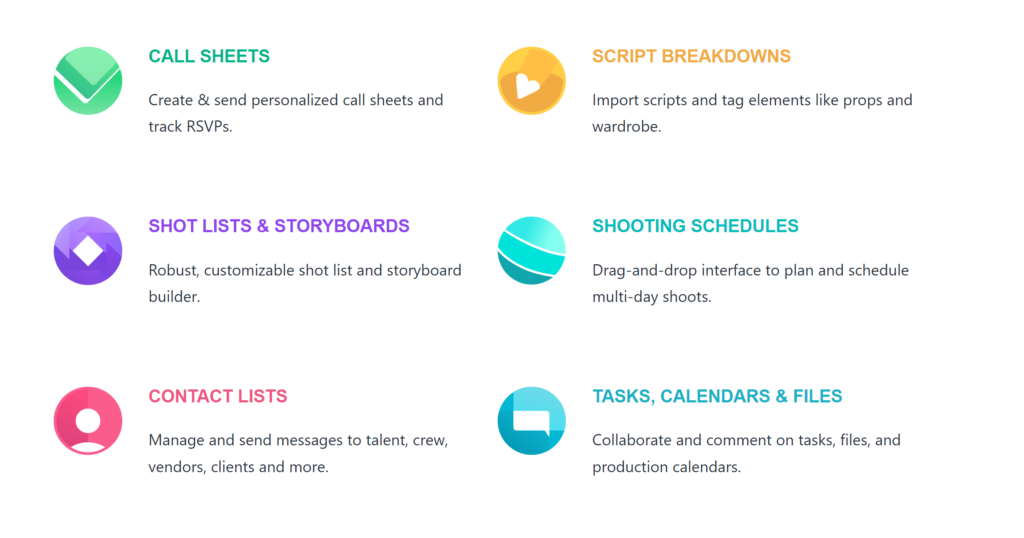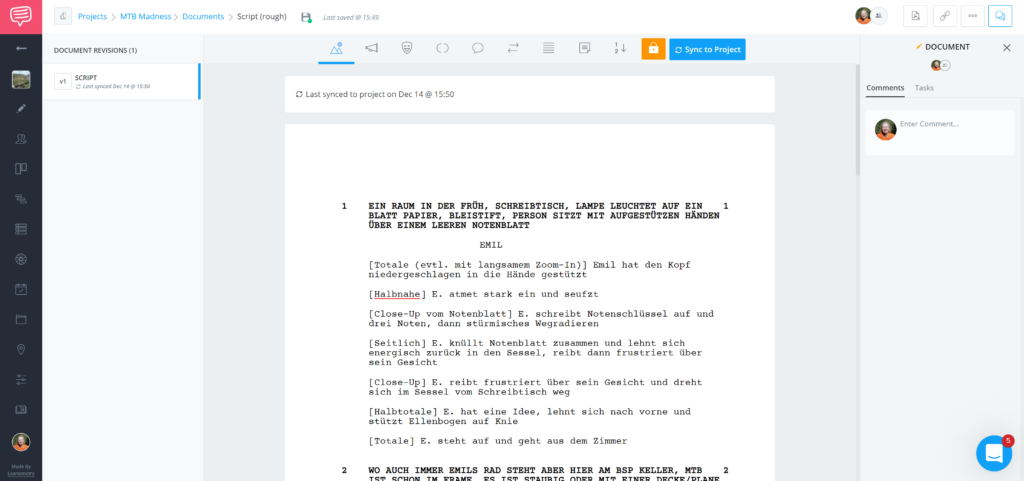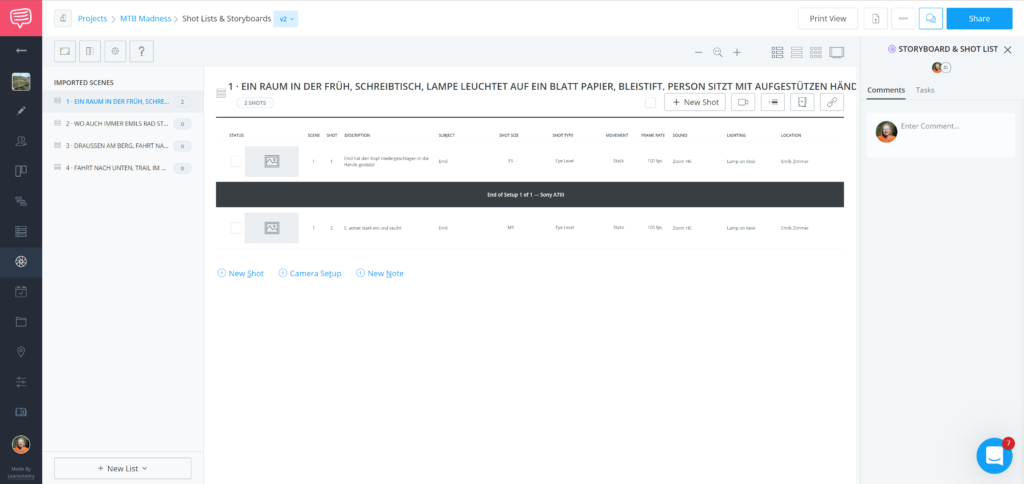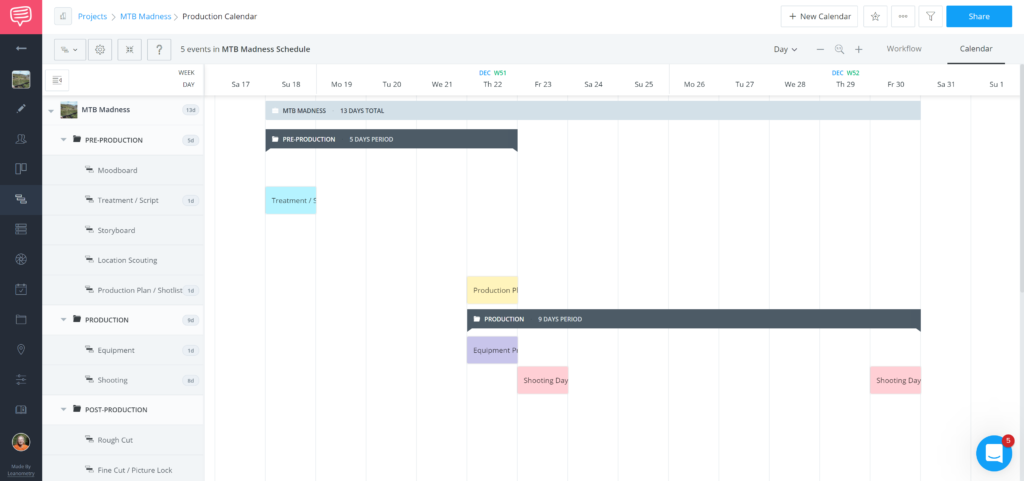After writing and learning more about shooting plans during the work on my last post, I found out that a shooting plan can be influenced by several factors when put into practice. These factors might differ when talking about outdoor documentaries rather than a classic film set. Therefore, I want to dive deeper into this special form of work with the shooting plan today.
Disclaimer: Since my main source for this post is a book written in German, the following information will also be in German. The source can be found below.
Was muss ich speziell bei Outdoor Dokumentationen beachten?
Bei der Drehplanung müssen während der Erstellung diverse Faktoren beachtet werden. Zum Beispiel muss sich das Planungsteam auch im regulären Film umfassend mit dem Wetter befassen.
Beim Drehen und Planen von Outdoor Dokumentationen sind Einflüsse, die durch Naturgewalten bestehen, besonders in Betracht zu ziehen. Nicht nur das Wetter, sondern auch andere Punkte wie Sonnenaufgang und Untergang und Logistik sind hier speziell zu beachten.
[Aus eigener Erfahrung] Allerdings kann mit verschiedene Wetterverhältnisse im Dokumentarfilm (entgegen einer Spielfilmproduktion) wesentlich leichter umgegangen werden. Denkt man an die Ansprüche, die die beiden Zielgruppen an den jeweiligen Film haben, merkt man schnell, dass es beim Drehen von Filmen mit Authentizitätsanspruch weniger schlimm ist, wenn es leichte Lichtsprünge oder Wetteränderungen gibt.
Vor allem im Bereich des Bergfilms können solche leicht gerechtfertigt werden. Im alpinen Gelände kommt es schnell zu Änderungen der Bedingungen und jede Person, die schon mal auf einem Berg war, weiß, wie unbeständig die Verhältnisse dort sind. Das Planungs- und Regieteam sollte sich in diesem Fall während der Planung vermutlich mehr auf die Sicherheit des Teams fokussieren, als auf die perfekten Wetterbedingungen. Dazu wird deshalb ein separater Blogpost folgen.
Der Spezialfall Wetter in der Praxis
Grundsätzlich sind Niederschlag und Temperaturen kein allzu großes Problem in der Drehplanung, wenn die Bedingungen dramaturgisch nicht relevant sind. Lediglich die Dreharbeit an sich kann anstrengend und langatmig werde. Allerdings:
Man kann von einem Team erwarten, dass es für alle klimatischen Bedingungen ausgerüstet ist und den Drehablauf bei jedem Wetter bedienen kann, egal wie anstrengend und nervig das sein mag.
Jesper Petzke
Petzke beschreibt in seinem Buch Drehplanung die Arbeit mit Niederschlag als recht zeitintensiv. Im Spielfilm mit fixem Drehbuch muss bei Regen gewartet (sofern er dramaturgisch ungewollt ist) und danach das Set wieder getrocknet werden. Das nimmt sehr viel Zeit in Anspruch und kann leicht den Ablauf eines Drehtages in Gefahr bringen.
Ist das der Fall, gibt es zwei verschiedene Möglichkeiten, die Pensen im Drehplan zu verschieben. In der Praxis plant man dann einen Außendreh nur halbtags und für den anderen Tag ist ein Innendreh geplant. So kann man auf Wetter reagieren und die beiden Halbtage einfach tauschen. Das geht jedoch nur, wenn das ungewünschte Wetter nicht den ganzen Tag anhält.
Die zweite Möglichkeit ist ein Pensentausch zwischen verschiedenen Tagen. Ist absehbar, dass die Pensen des Außendrehs aufgrund des Wetters nicht erreicht werden können, gibt es die Möglichkeit, die geplanten Drehtage zu tauschen. Allerdings muss hier eine frühzeitige Bekanntgabe an die Crew und den Cast erfolgen. Sonst ist eine geordnete und qualitativ hohe Arbeit an den geplanten Bildern nur erschwert möglich, da jedes Department eine gewisse Vorlaufzeit für Einrichtung braucht. Bei Wetterentscheidungen gilt dann: So früh wie nötig aber so spät wie möglich.
Ein solcher alternativer Drehplan (Dispo) nennt sich Wettercover. Von einem Coverset spricht man dann, wenn das alternative Set, welches zur Ablöse von unerwünscht regnerischen Tagen verwendet werden kann, während der ganzen Drehzeit als solches bereit steht. Hier muss jedoch der Nachteil der Kosten in Betracht gezogen werden. Auf der anderen Seite meint Petzke:
Für eine Produktion, deren Gelingen in starkem Maße vom Wetter abhängig ist, kann die Bereitstellung eines Coversets allerdings überaus wertvoll sein.
Jesper Petzke
Grundsätzlich steht und fällt jegliche Wetterentscheidung mit der Art der Kommunikation. Es müssen nicht nur Produktion und Regie mit der Entscheidung im Reinen sein, sondern auch die Crew ist angewiesen auf eine rechtzeitige Kommunikation der Änderungen. Das Ziel sollte hier sein, ein gutes Gespür dafür zu entwickeln, wann eine wetterbedingte Anpassung wirklich notwendig ist und wann man das Risiko in Kauf nehmen sollte. So kann zusätzliche Belastung für alle beteiligten Departments niedrig gehalten werden.
[Aus eigener Erfahrung] Wie oben schon erwähnt, sind bei einer Outdoor Dokumentation solche Tauschs eher sicherheitsbedingt als dramaturgisch bedingt. Oft kann ein Wetterwechsel sogar von der Regie und Produktion begrüßt werden und stilistisch in die Geschichte einfließen. Hier ist eine hohe Flexibilität von Drehbuch und Arbeit am Set nötig.
Even though the production team has a lot of responsibility over decisions which influence the whole team, there are various strategies to avoid stress and pressure on the production during weather changes. For documentary filmmaking, the focus is probably more on safety while a feature film puts dramaturgy first.
After writing this post, I am now eager to learn more about weather related safety measures that can be taken and planned for the production of outdoor documentaries. Afterall, the planning of high-altitude shoots has to include information far more detailed than the planned weather cover.
.
.
.
Sources
Petzke, Jesper: Drehplanung. Konstanz: UVK Verlag 2015




